20 Animals That Are Tragically Near Extinction
According to some experts, we're living through a real biodiversity crisis.
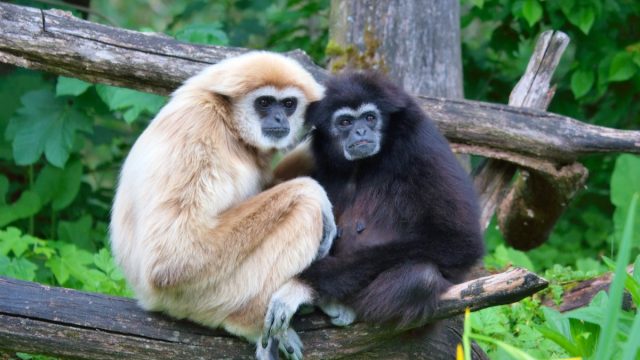
According to Elizabeth Kolbert's Pulitzer Prize–winning book, we are in the midst of a biodiversity crisis, with scientists fearing that humans are hastening what is being called "The Sixth Extinction." From coral reefs to Panamian golden frogs, a huge range of creatures and flora are being killed off at a shocking clip. Herewith, we've compiled a list of animals under threat, but still very much alive, as a reminder of what is at stake if conservation efforts aren't taken. (For information on how to help support conservation efforts, visit the World Wildlife Fund or International Union for Conservation of Nature.) And for some feel-good news, here are 15 Animal Species Miraculously Saved From Extinction.
1
Saola
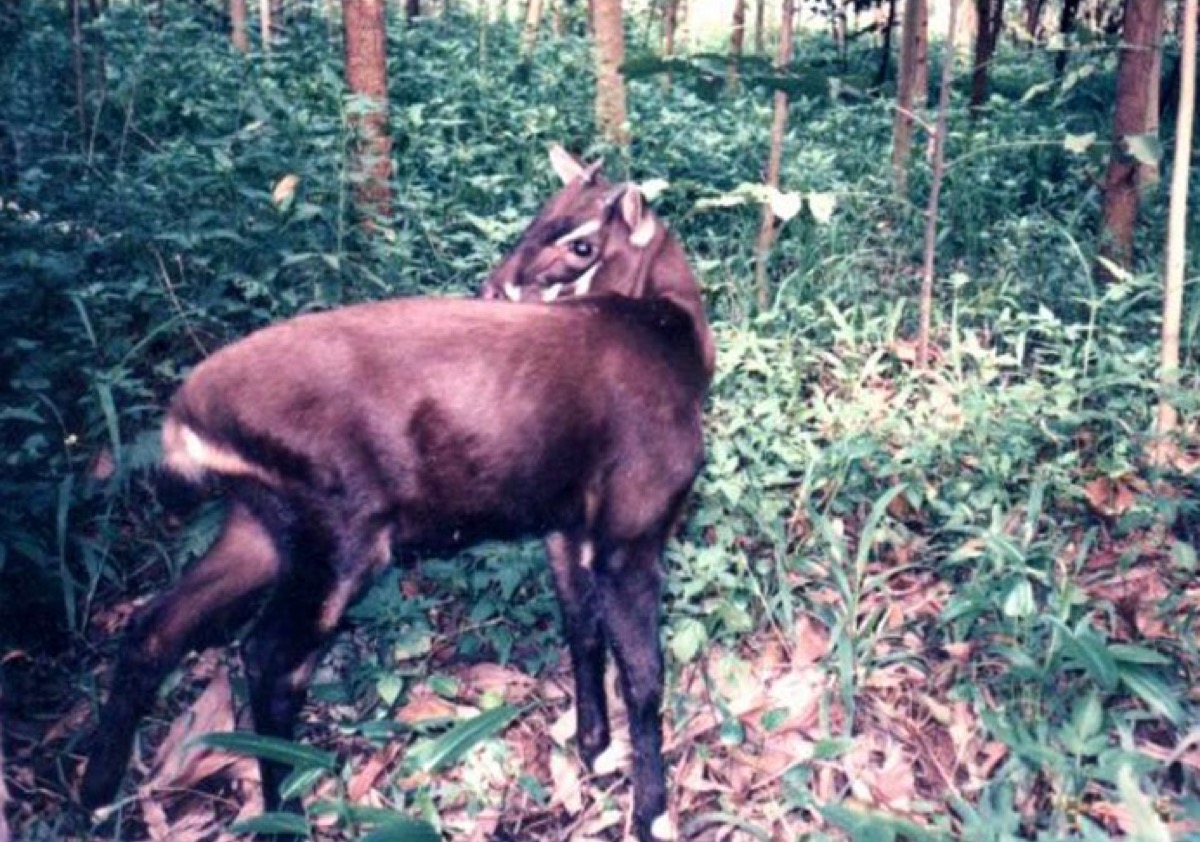
Known by some as the "Asian unicorn," this cousin of cows was first discovered just 25 years ago in north-central Vietnam. It has unusually long, straight horns (its name means "spindle horns" in Vietnamese) and striking markings, but is under threat due to hunting and the destruction of its forest habitat by the lumber industry.
2
Pangolin

Looking like a cross between an armadillo and a pineapple, these creatures would seem well protected, with scales covering every inch of their body (which they put to good use by rolling up into a ball when threatened). But these tough animals are under threat by traffickers who consider their meat a delicacy and their scales to be a cure for everything from asthma to arthritis. Of the eight species that have been found throughout Asia and Africa, two are on the Critically Endangered list of the IUCN Red List of Threatened Species.
3
Black Crested Gibbon
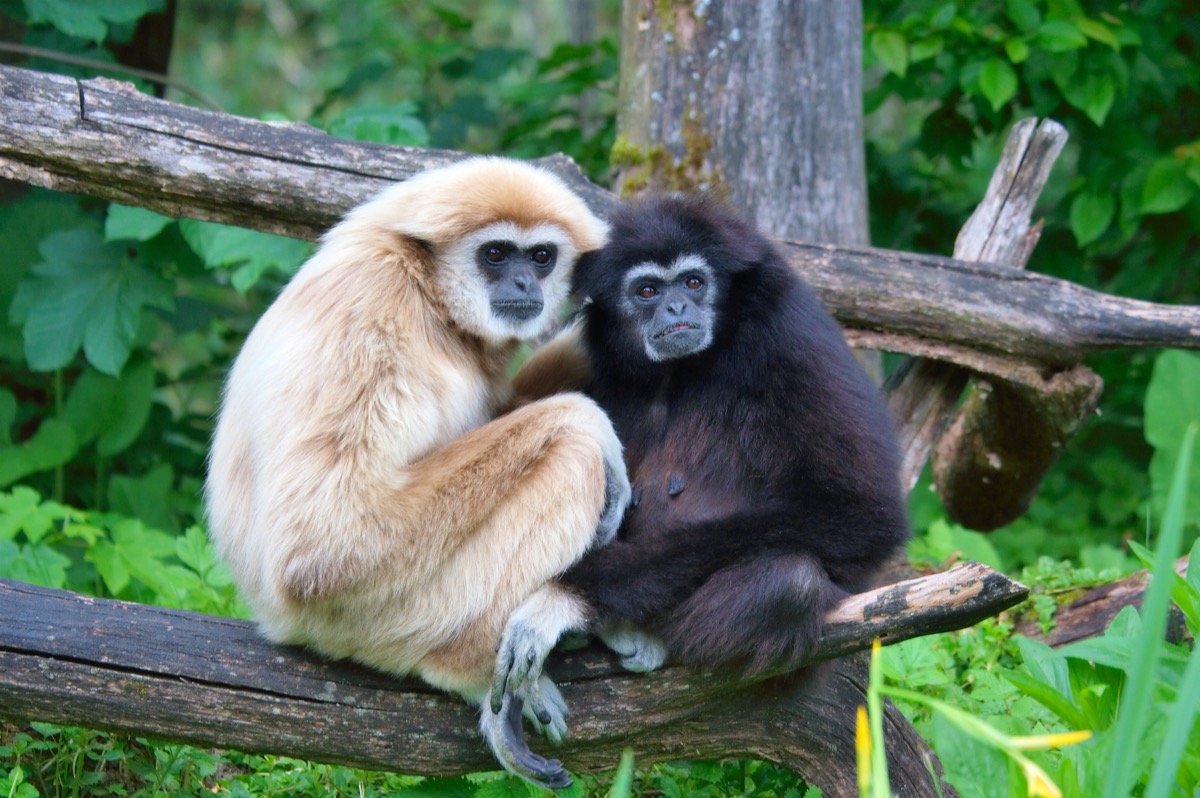
Located in southern China as well as Laos and Vietnam, these apes have arms about twise the length of their bodies, making it the longest arm-length (relative to body) of all primates. But according to IUCN, the population of the gibbons has declined more than 80 percent in the last 45 years, due to hunting and habitat loss. They are down to just 1,300 to 2,000 today.
4
Red Wolf

A thinner and smaller relative of the gray wolf, this creature is more reddish-gray, as its name would suggest. Inhabiting the Midwest and once found as far west as Texas and south as Florida, its territory has been reduced by an estimated 99.7 percent.
5
Eastern Lowland Gorilla

Also known as Grauer's gorilla, this is the largest of the four gorilla subspecies. But don't fear its size; these guys stick with fruit and plants in their diet. But survival in the unstable Democratic Republic of Congo has proved challenging, and these gorillas have suffered from pouching in the region as well as destruction of their eastern lowland habitat. Scientists estimate their population has halved since the mid-1990s.
6
Gerp's Mouse Lemur
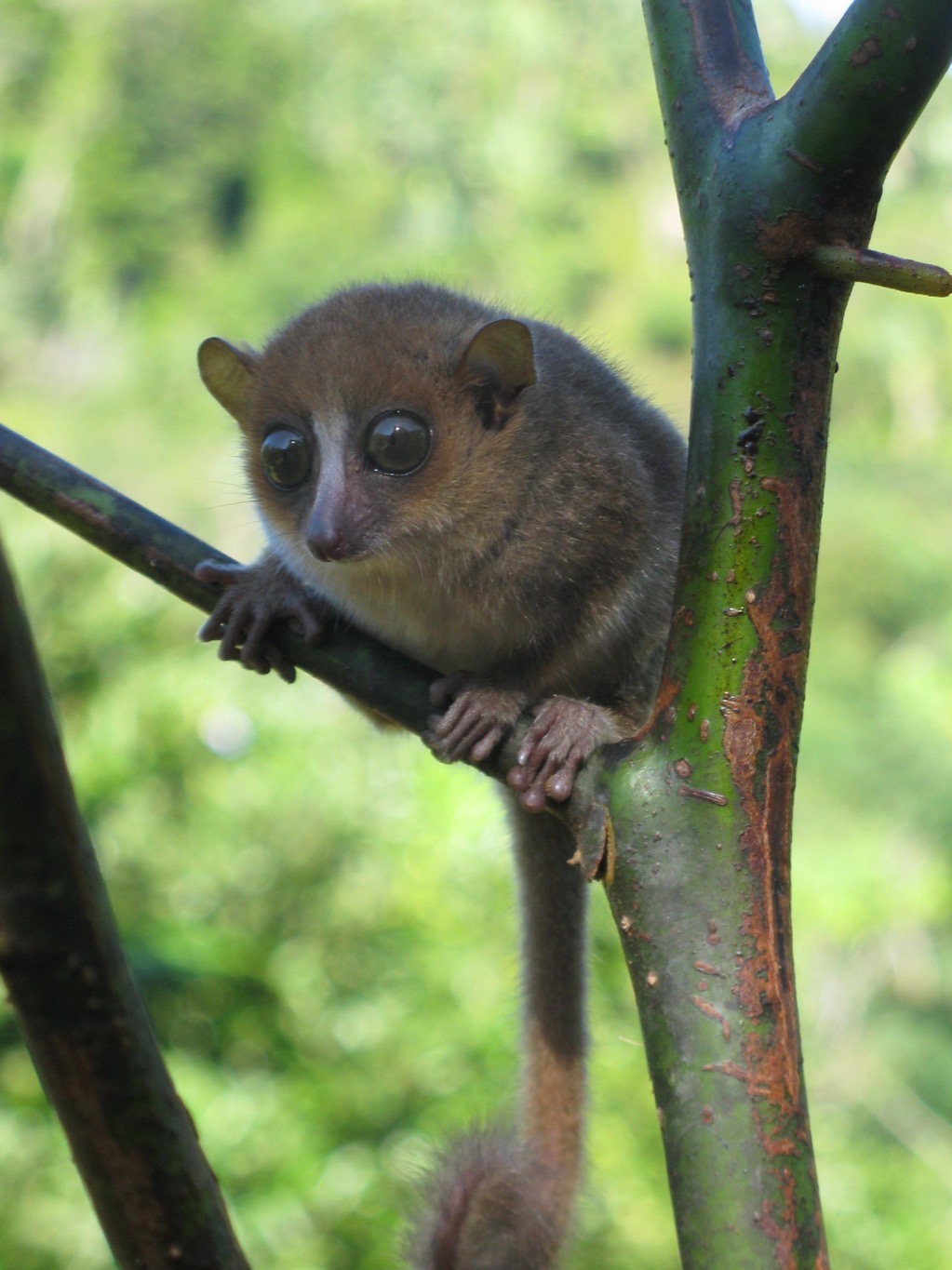
This big-eyed rainforest dweller was discovered in Madagascar just five years ago, and named after Groupe D'Étude et de Recherché sur les Primates de Madagascar (GERP, the research organization that discovered it). But its fragmented population and habitat loss has led its population to continue to decline.
7
Cozumel Raccoon

The smallest of the raccoon species, found on Mexico's Cozumel Island, this is also one of the most endangered carnivores in the world. It looks like a typical raccoon with the dark mask and ringed tail, but much smaller in size with paler fur. Cozumel's tourism development has impacted the creature's habitat, and less than 955 are estimated to be alive.
8
Nicobar Shrew

This white-tailed mammal is endemic to the southern tip of the Greater Nicobar Island of India that lives among the "leaf litter" of the tropical forest. Selective logging and the effects of tsunamis have taken their toll on the creature and it's listed as critically endangered in the IUCN Red List.
9
Black Spider Monkey
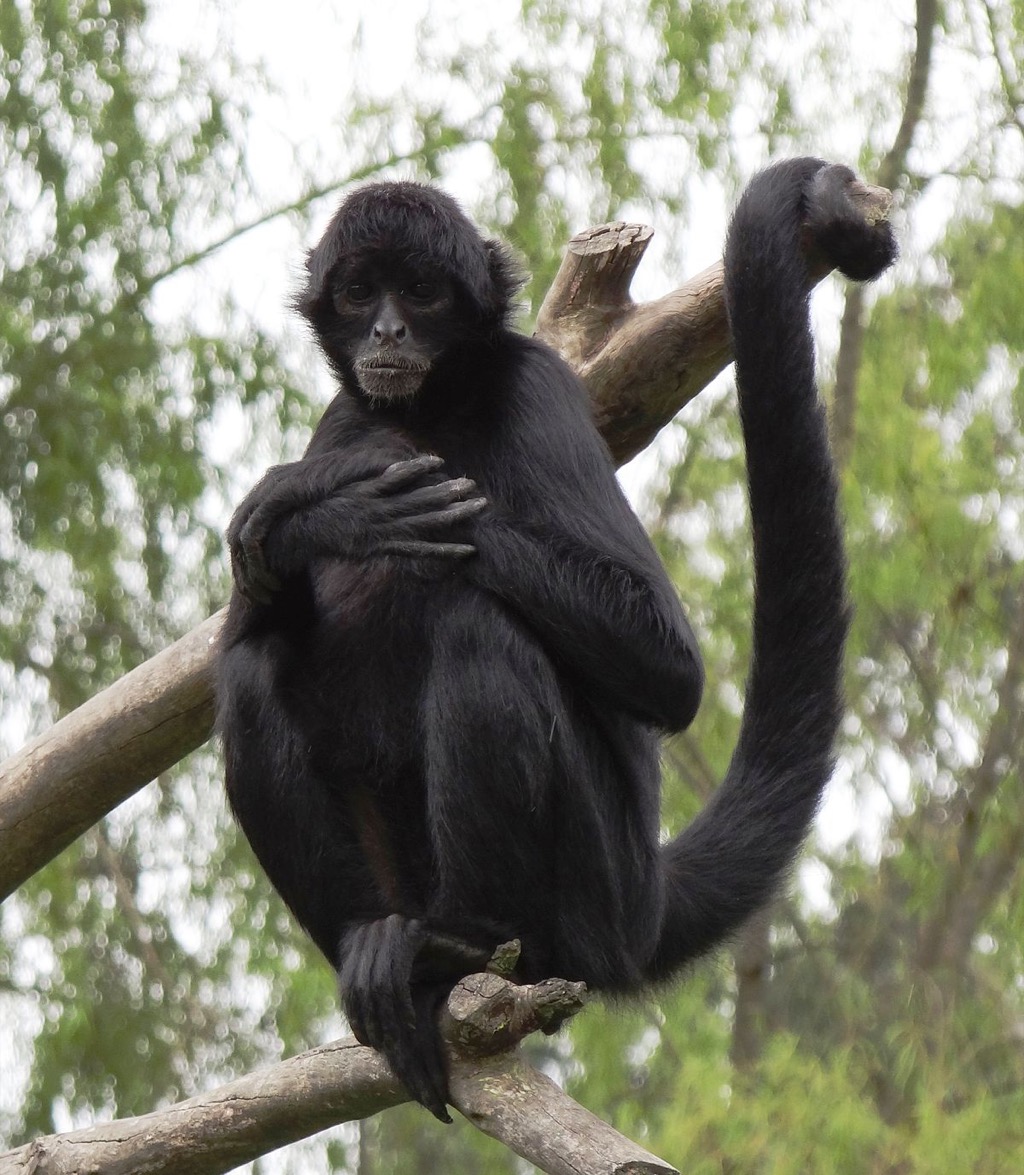
Also known as the red-faced spider monkey, this animal is found in eastern South America (north of the Amazon River). Their population is estimated to have declined by half over the past 45 years, due to threats from hunting, and forest fragmentation.
10
Elvira Rat
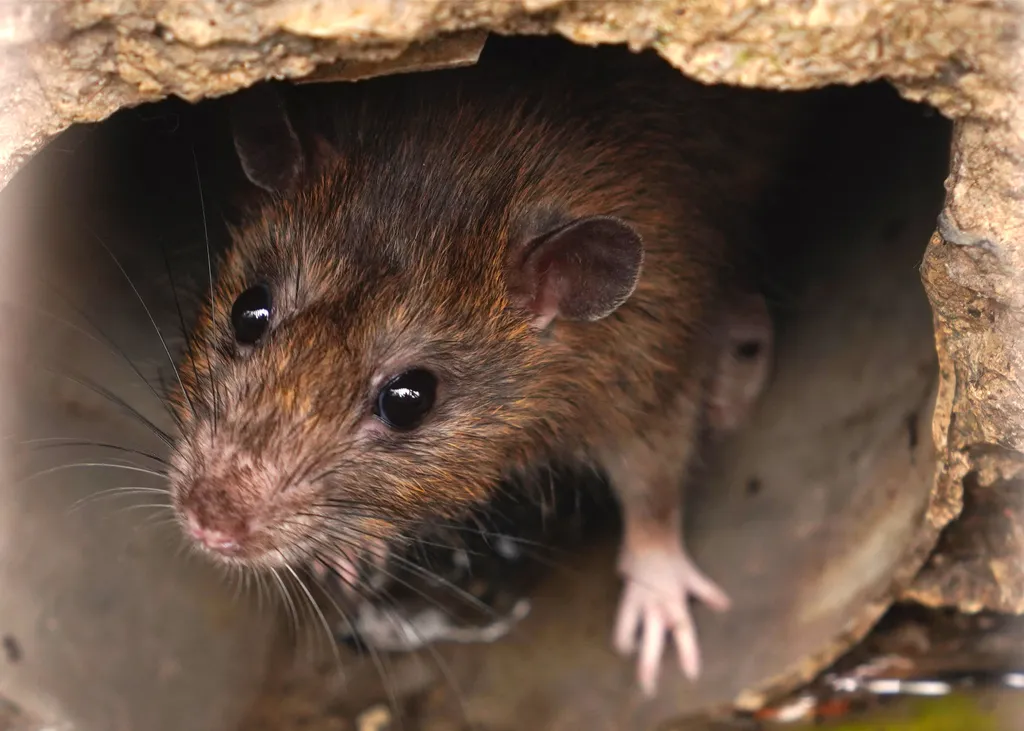
Found in the Eastern Ghats of India, this grayish-white rodent spends its time in the rocky habitats of scrub forest. A decline in its habitat conditions (thanks to harvesting trees, mining, and dumping of debris), the animal's population is under serious threat.
11
Pygmy Hog
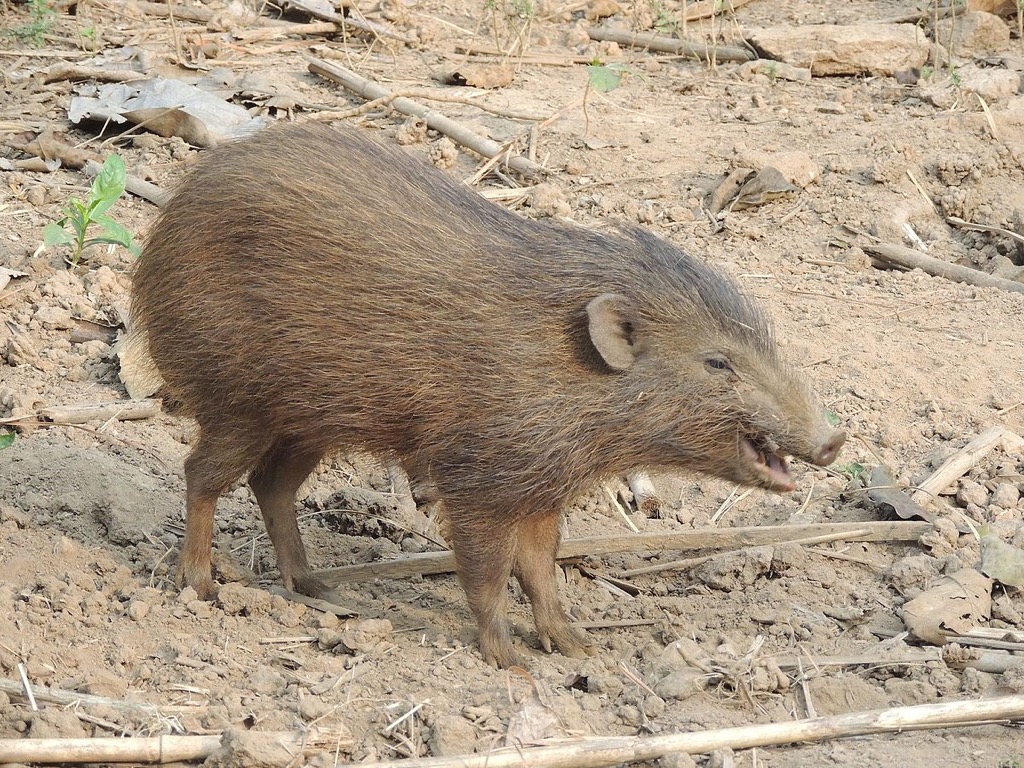
These dark grayish hogs sport short legs and tails, all the better for them to make their way through the dense grass of the Manas National Park in Assam, India, in which their population is found. The total population is estimated at fewer than 250, though there has been success in the breeding programs that have been initiated to help these numbers to rise.
12
Greater monkey-faced bat
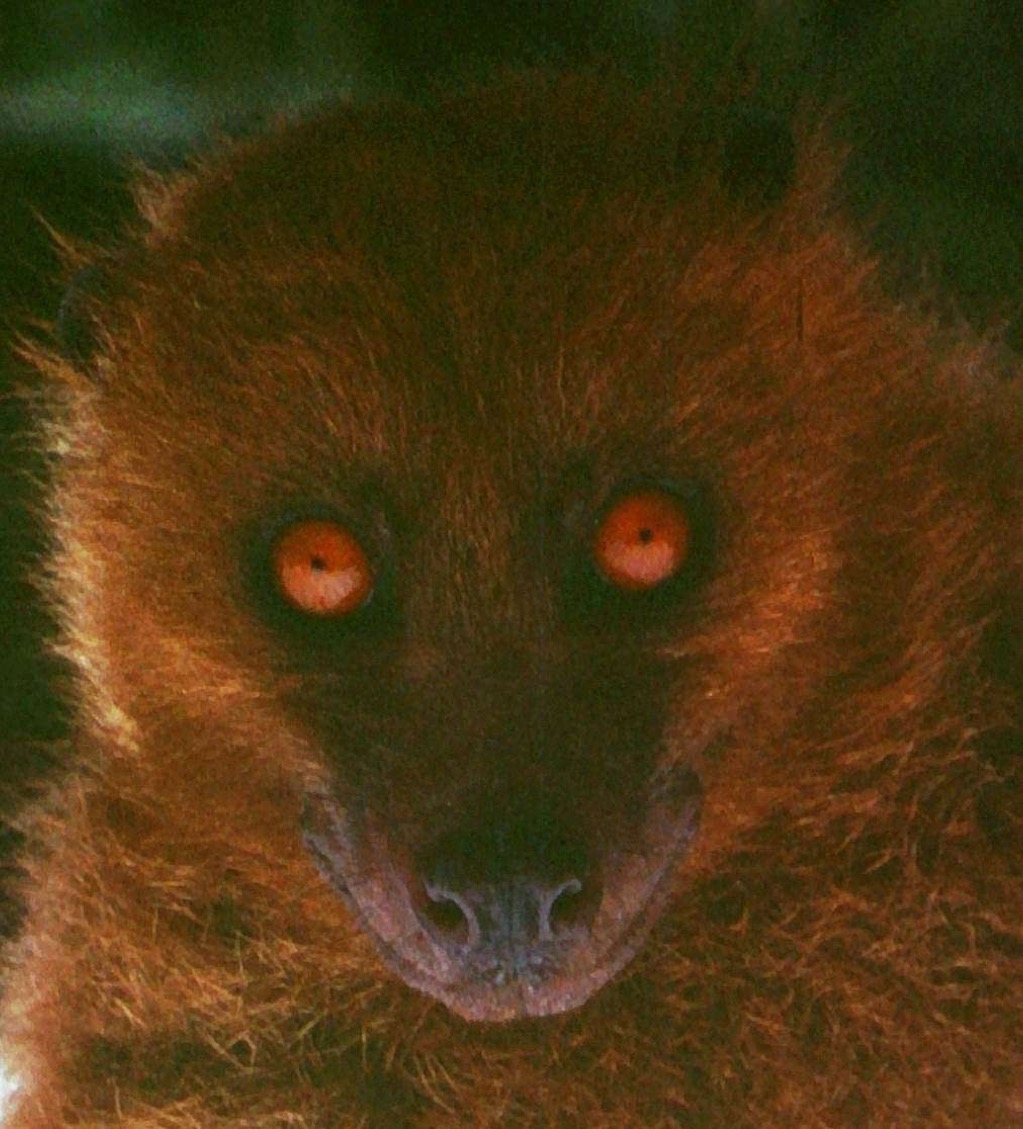
This "megabat" has a wingspan as long as 4.9 feet, with black fur and a unique "double canine tooth" which better allows it to break open coconuts in its local habitat of the Solomon Islands of Papau New Guinea. Forest clearance and disturbance has had a negative impact on this species.
13
Wild Bactrian Camel
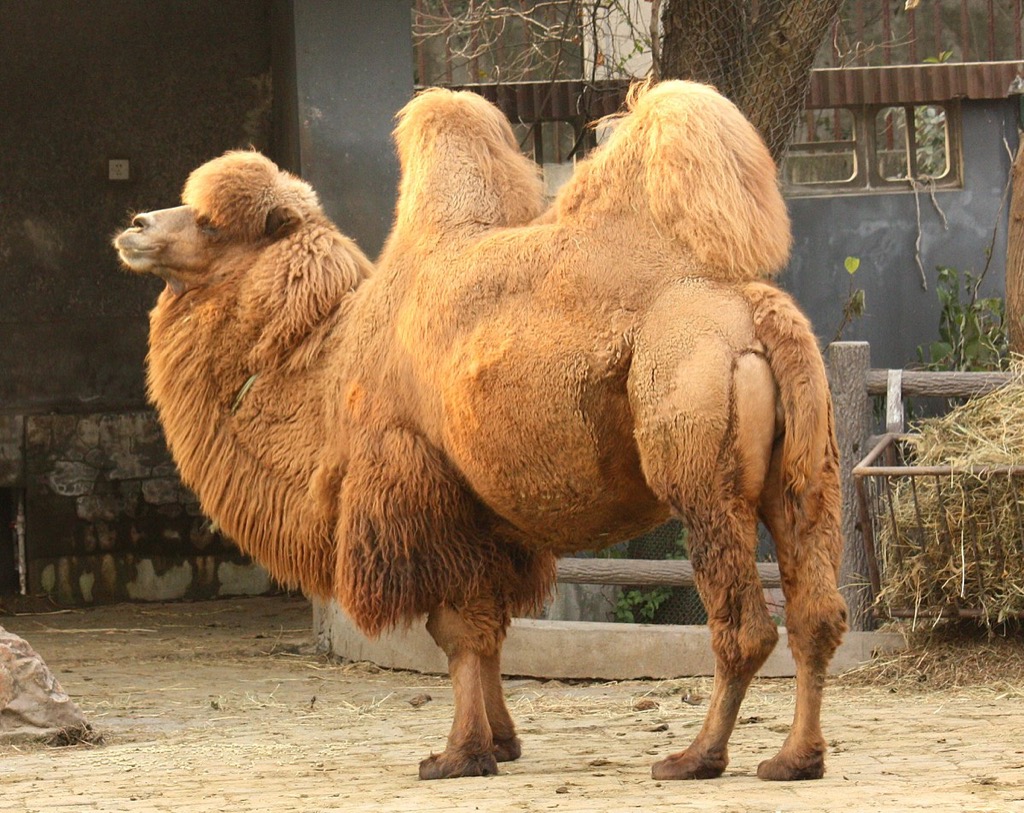
Rocking a long curved neck, long legs, and dense eyelashes to reduce the damage from sandstorms, this creature is well-equipped to handle its native climate of Mongolia and China. But droughts and habitat degradation have taken a toll on these animals, and their population is now estimated to be under 1,000.
14
Pygmy Three-Toed Sloth
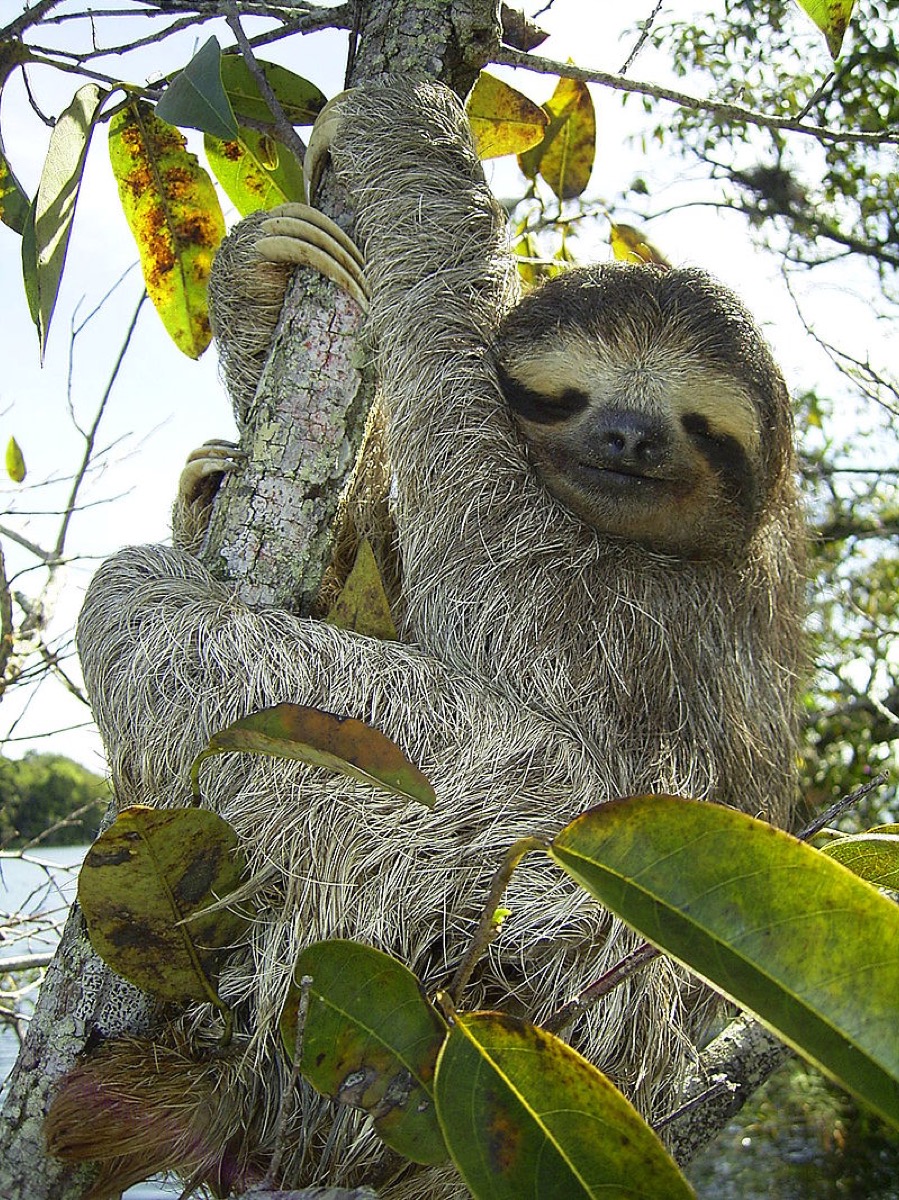
First identified as a distinct species in 2001, this smallest of all sloths can only be found on Panama's isolated Isla Escudo de Veraguas. It lives among the mangrove patches and has some impressive swimming skills,
15
Hirola
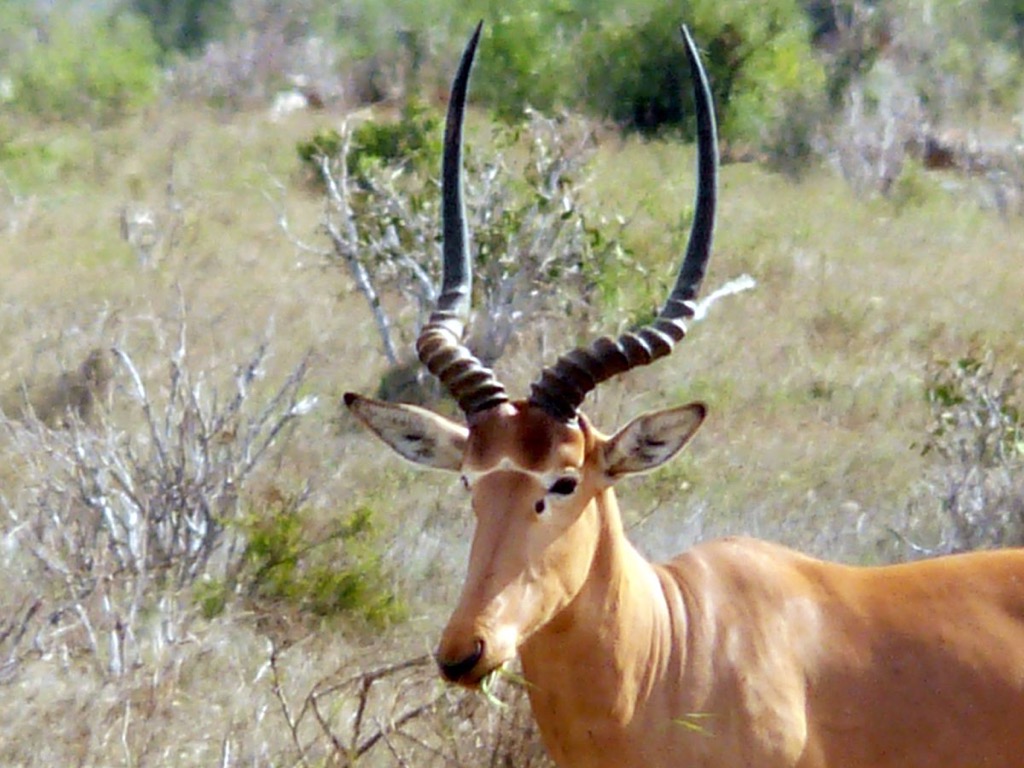
The world's rarest antelope, with a population of less than 500, this grassland animal sports long, sharp horns and tan coloration. Its northeast Kenya and southwest Somalia habitat has suffered due to overgrazing by local farmers and the encroachment of trees into the grasslands due to elephant poaching.
16
Helan Shan Pika
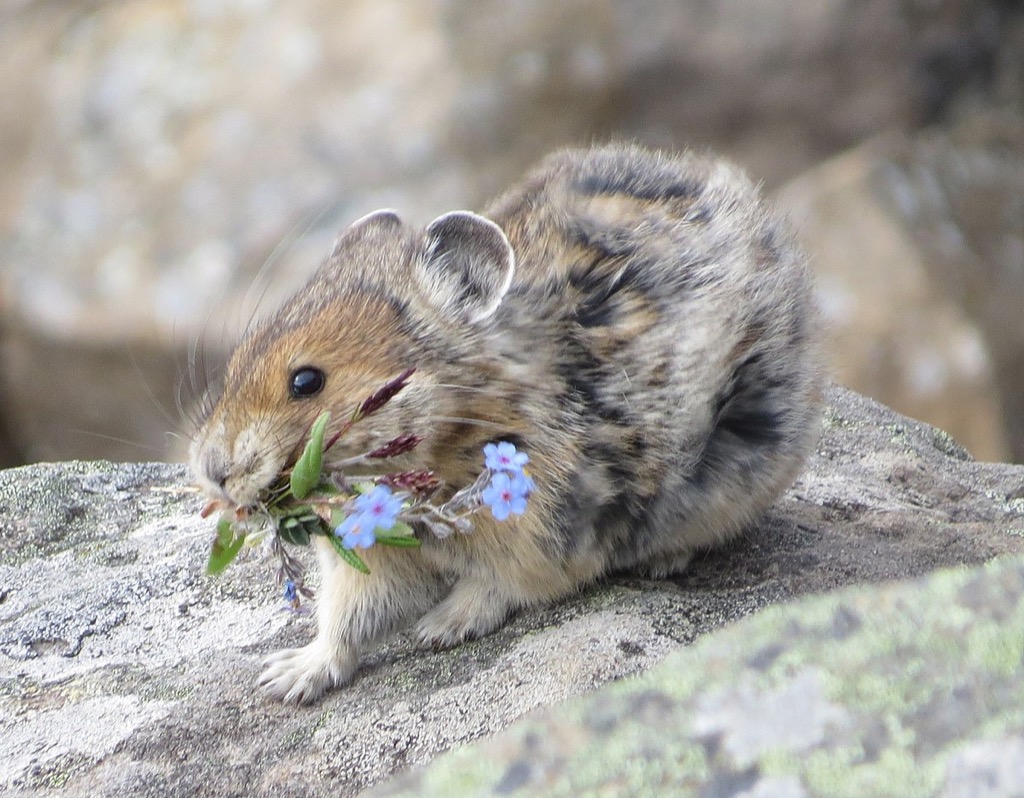
This adorable rabbit relative lives in the rocky terrain and meadows of the Helan Mountains of China, feeding on grass and making "haypiles" of dried grass and foliage, which it feeds on during the winter. Deforestation has hit the grayish-brown critter hard, leading it to be listed on the IUCN Red List of Threatened Species.
17
Tenkile
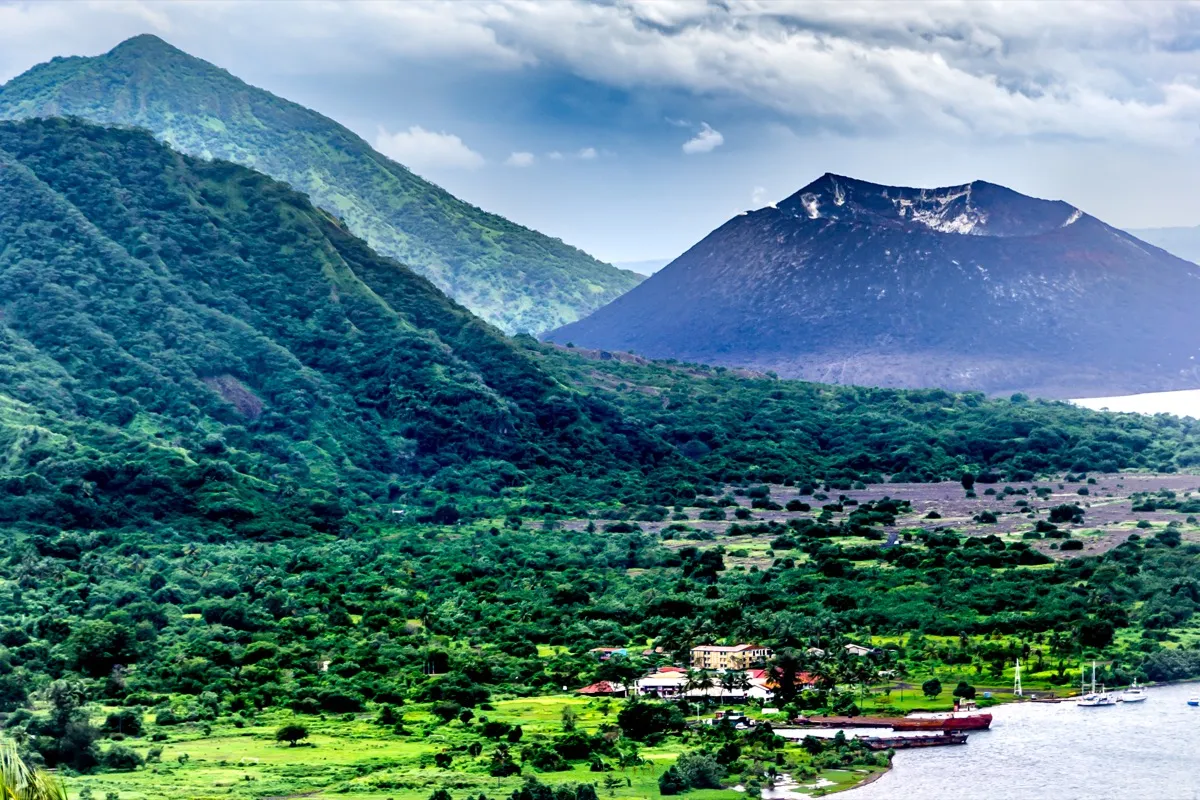
Also known as , these black-furred marsupials inhabit the Torricelli Mountains in Papua New Guinea, munching on vines, ferns, and leaves. Their numbers have been decreasing, however, due to incursions from a growing population of people and they are believed to number as few as 100 individuals today.
18
Talaud Bear Cuscus

This marsupial sports a thick pelt of ash-gray hair with striking olive-green eyes and a bright yellow nose and has been found on the Indonesian islands of Sangihe and Salibabu. Hunting pressures on both islands has left these guys fragmented and endangered.
19
Vaquita
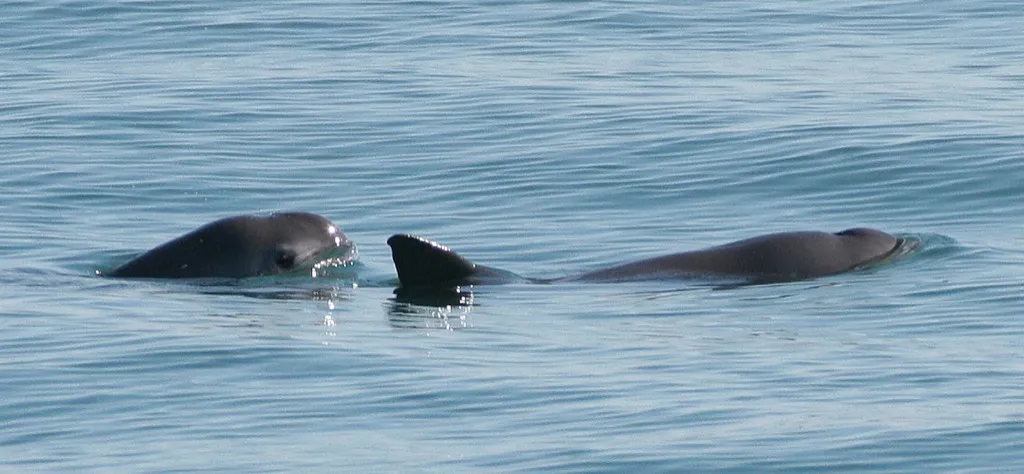
Considered the world's rarest marine mammal, this small porpoise was first discovered in 1958. They prefer the shallow waters of Mexico's Gulf of California and keep their distance from boats, but illegal fishing nets have made a significant dent in their numbers—with just about 30 of them left. World Wildlife Fund estimates that one out of every five are entangled and drowned in this way.
20
Giant Muntjac

This mammal, also known as the large-antlered muntjac, is found in the mountains and hill ranges of Vietnam and eastern Cambodia. They sport dark brown fur and impressive antlers, and were first discovered in 1994. Locals tend to hunt the animals for their meat, which has contributed to a dangerous drop in their population.
To discover more amazing secrets about living your best life, click here to sign up for our FREE daily newsletter!





















